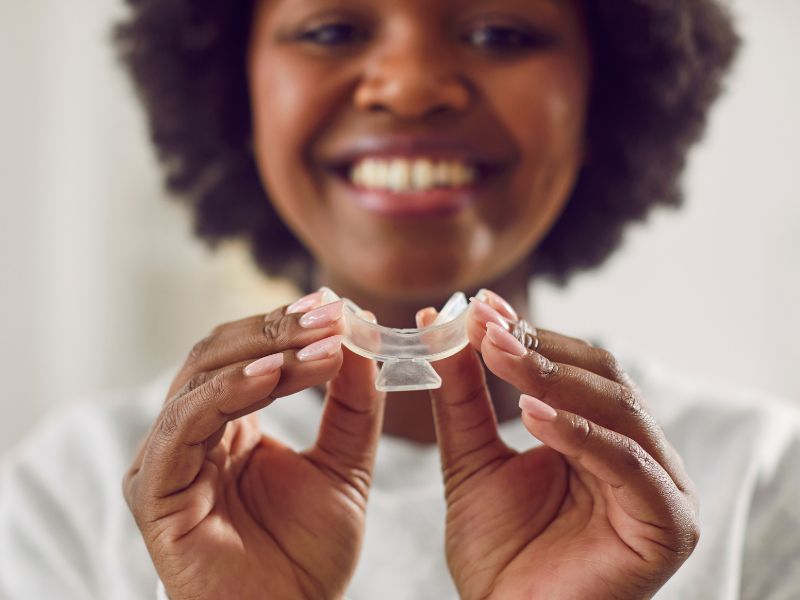Fluorides are widely used in dentistry for their ability to prevent tooth decay and strengthen tooth enamel. They can be applied topically, like fluoride toothpaste or mouthwash, or delivered systemically, such as through fluoridated water or supplements. Topical fluoride treatments help remineralize teeth and make them more resistant to acid attacks from bacteria and food. Systemic fluoride helps protect teeth from the inside out, especially during the development of permanent teeth in children.
Chlorhexidine is an antiseptic and antimicrobial agent used in dentistry to control and prevent oral infections. It is commonly found in mouthwash, gels, or oral rinses. Dentists may prescribe chlorhexidine to treat gum disease (gingivitis or periodontitis) or to maintain oral hygiene after certain dental procedures. It is effective against a wide range of bacteria and can help reduce plaque and inflammation in the mouth.
Local antibiotics in dentistry are used to target and treat specific bacterial infections in the oral cavity, particularly in cases of periodontal disease or localized dental abscesses. These antibiotics are often delivered directly into the affected gum pockets or abscesses to achieve a concentrated effect, minimizing systemic side effects. Common local antibiotics used in dentistry include tetracycline fibers and gels.
Bleaching agents are used in dental procedures for teeth whitening. They help lighten the color of natural teeth and remove stains and discoloration. The most common bleaching agent used in dentistry is hydrogen peroxide or carbamide peroxide. Dentists may perform in-office bleaching treatments or provide custom-fitted trays for at-home use with a prescribed bleaching gel.
Anesthetic agents are essential in dentistry to ensure a painless experience during various dental procedures. They work by blocking nerve signals in the targeted area, numbing the region temporarily. Local anesthetics like lidocaine are commonly used for procedures such as fillings, root canals, and extractions. In cases where patients are anxious, specifically for pediatric patients, we use nitrous oxide for reducing patient anxiety.
Nitrous oxide, commonly known as laughing gas, is a mild sedative and anxiolytic used in dentistry to help patients relax and reduce anxiety during dental procedures. It is administered through a mask over the nose and provides a feeling of euphoria and relaxation. Nitrous oxide is one of the safest sedation options and wears off quickly, allowing patients to drive themselves home after the procedure. It is often used for patients with mild to moderate dental anxiety or for certain pediatric procedures.





Disclaimer: All the material presented in this website is to inform and educate patients. However, every case or individual is unique and therefore, it should not be used to take any diagnostic or therapeutic decision without previously consulting a licensed dentist.
ADA Compliance: The publisher of this website is committed to providing an accessible website. If you have difficulty accessing content, have difficulty viewing a file on the website, or notice any accessibility problems, please contact us to specify the nature of the accessibility issue and any assistive technology you use. We strive to provide the content you need in the format you require.